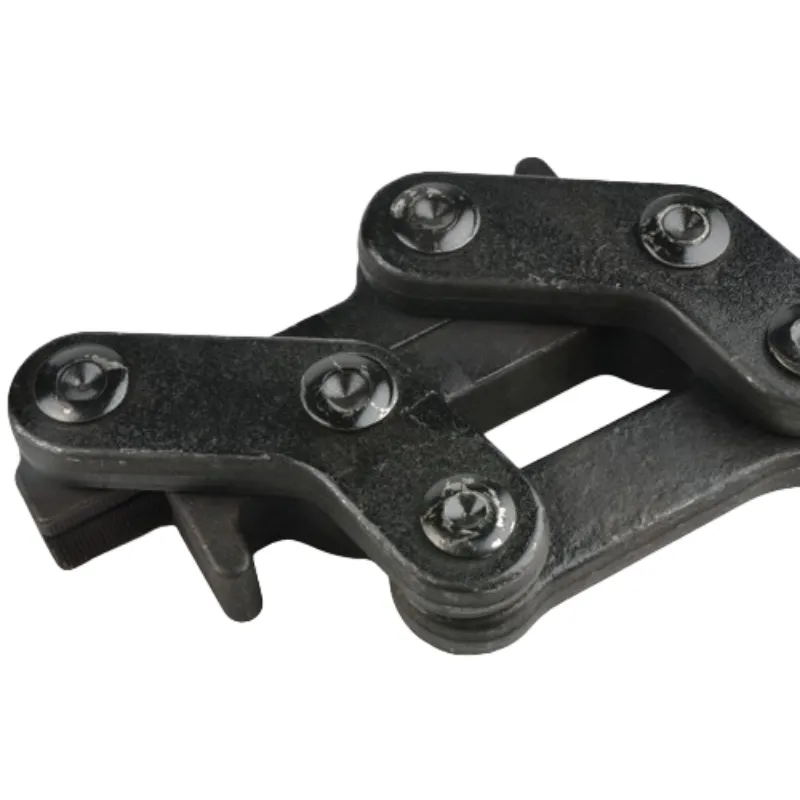
-
 Afrikaans
Afrikaans -
 Albanian
Albanian -
 Amharic
Amharic -
 Arabic
Arabic -
 Armenian
Armenian -
 Azerbaijani
Azerbaijani -
 Basque
Basque -
 Belarusian
Belarusian -
 Bengali
Bengali -
 Bosnian
Bosnian -
 Bulgarian
Bulgarian -
 Catalan
Catalan -
 Cebuano
Cebuano -
 Corsican
Corsican -
 Croatian
Croatian -
 Czech
Czech -
 Danish
Danish -
 Dutch
Dutch -
 English
English -
 Esperanto
Esperanto -
 Estonian
Estonian -
 Finnish
Finnish -
 French
French -
 Frisian
Frisian -
 Galician
Galician -
 Georgian
Georgian -
 German
German -
 Greek
Greek -
 Gujarati
Gujarati -
 Haitian Creole
Haitian Creole -
 hausa
hausa -
 hawaiian
hawaiian -
 Hebrew
Hebrew -
 Hindi
Hindi -
 Miao
Miao -
 Hungarian
Hungarian -
 Icelandic
Icelandic -
 igbo
igbo -
 Indonesian
Indonesian -
 irish
irish -
 Italian
Italian -
 Japanese
Japanese -
 Javanese
Javanese -
 Kannada
Kannada -
 kazakh
kazakh -
 Khmer
Khmer -
 Rwandese
Rwandese -
 Korean
Korean -
 Kurdish
Kurdish -
 Kyrgyz
Kyrgyz -
 Lao
Lao -
 Latin
Latin -
 Latvian
Latvian -
 Lithuanian
Lithuanian -
 Luxembourgish
Luxembourgish -
 Macedonian
Macedonian -
 Malgashi
Malgashi -
 Malay
Malay -
 Malayalam
Malayalam -
 Maltese
Maltese -
 Maori
Maori -
 Marathi
Marathi -
 Mongolian
Mongolian -
 Myanmar
Myanmar -
 Nepali
Nepali -
 Norwegian
Norwegian -
 Norwegian
Norwegian -
 Occitan
Occitan -
 Pashto
Pashto -
 Persian
Persian -
 Polish
Polish -
 Portuguese
Portuguese -
 Punjabi
Punjabi -
 Romanian
Romanian -
 Russian
Russian -
 Samoan
Samoan -
 Scottish Gaelic
Scottish Gaelic -
 Serbian
Serbian -
 Sesotho
Sesotho -
 Shona
Shona -
 Sindhi
Sindhi -
 Sinhala
Sinhala -
 Slovak
Slovak -
 Slovenian
Slovenian -
 Somali
Somali -
 Spanish
Spanish -
 Sundanese
Sundanese -
 Swahili
Swahili -
 Swedish
Swedish -
 Tagalog
Tagalog -
 Tajik
Tajik -
 Tamil
Tamil -
 Tatar
Tatar -
 Telugu
Telugu -
 Thai
Thai -
 Turkish
Turkish -
 Turkmen
Turkmen -
 Ukrainian
Ukrainian -
 Urdu
Urdu -
 Uighur
Uighur -
 Uzbek
Uzbek -
 Vietnamese
Vietnamese -
 Welsh
Welsh -
 Bantu
Bantu -
 Yiddish
Yiddish -
 Yoruba
Yoruba -
 Zulu
Zulu


Nov . 06, 2024 01:39 Back to list
Efficient Lifting Solutions with Hand Hoists and Pulleys for Various Applications
Understanding Hand Hoist Pulleys A Comprehensive Guide
Hand hoist pulleys are essential tools widely used in various industrial, construction, and DIY applications. They enable users to lift heavy loads with minimal effort, leveraging mechanical advantages. This article will explore the functionality, benefits, and considerations of hand hoist pulleys, illustrating their importance in both professional and personal contexts.
What is a Hand Hoist Pulley?
A hand hoist pulley is a device that utilizes a pulley system to lift weights by means of manual effort. Typically, it consists of a sturdy frame, a pulley wheel, and a lifting chain or cable. The hand-operated mechanism allows users to pull down on the chain, which in turn raises the load attached to the other end.
The basic principle of a hand hoist pulley is derived from the simple machine concept. By increasing the distance over which the force is applied, a smaller effort can lift a heavier load. This mechanical advantage is why hand hoists are favored in various lifting and material handling tasks.
Applications of Hand Hoist Pulleys
Hand hoist pulleys are versatile and find applications across different sectors
. Here are some common uses1. Construction Sites Used to lift materials, tools, and equipment to heights, saving time and reducing physical stress on workers. 2. Warehousing For moving heavy goods and products efficiently, improving productivity during stock management. 3. Automotive Workshops To lift engines and other heavy parts, making repairs easier and safer for mechanics. 4. Home Improvement Projects Ideal for DIY enthusiasts looking to lift heavy furniture, beams, or appliances without the need for electric hoists or cranes.
Advantages of Using Hand Hoist Pulleys
The benefits of hand hoist pulleys make them a preferred choice in many scenarios
hand hoist pulley

- Cost-Effectiveness Hand hoist pulleys are generally less expensive than electric hoists or cranes, offering an economical solution for lifting needs. - Portability Most hand hoist pulleys are lightweight and easy to transport, making them suitable for various settings. - Ease of Use With straightforward operating mechanisms, they can be used by individuals without extensive training. - Reliability Hand hoists have fewer mechanical components, which often translates to fewer maintenance requirements and a longer lifespan.
Considerations When Using Hand Hoist Pulleys
While hand hoist pulleys are advantageous, users should consider certain factors to ensure safe and effective operation
1. Load Capacity Always check the weight rating of the pulley and ensure it is suitable for the load you intend to lift. Exceeding this limit can result in equipment failure and potential injury.
2. Slinging Technique Properly securing the load with slings, hooks, or other attachments is critical. Incorrect positioning can lead to accidents.
3. Work Environment Ensure that the surface and surrounding area are suitable for lifting. Slippery or unstable surfaces can increase the risk of accidents.
4. Maintenance Regularly inspect the pulley system for wear and tear, lubricate moving parts, and replace any damaged components to ensure safe operation.
Conclusion
Hand hoist pulleys stand as essential tools across various fields, enabling users to lift heavy loads efficiently and safely. Whether in construction, warehousing, automotive repair, or home improvement, these devices enhance productivity while reducing physical strain. By understanding their applications, benefits, and safety considerations, users can maximize the effectiveness of hand hoist pulleys and ensure a safer working environment. Embracing these tools not only makes lifting tasks easier but also underscores the value of mechanical advantages in our everyday activities.
Latest news
What Are Construction Tools and How Are They Used?
NewsJul.11,2025
Professional-Grade Duct Rodding Tools for Superior Cable Installation
NewsJul.11,2025
Enhancing Safety and Efficiency with Modern Hot Stick Solutions
NewsJul.11,2025
Empowering Cable Installation with Advanced Rodder Solutions
NewsJul.11,2025
Elevate Your Cable Installation Projects with Cable Pulling Tools
NewsJul.11,2025
Efficient Cable Handling Solutions: Cable Rollers for Sale
NewsJul.11,2025











